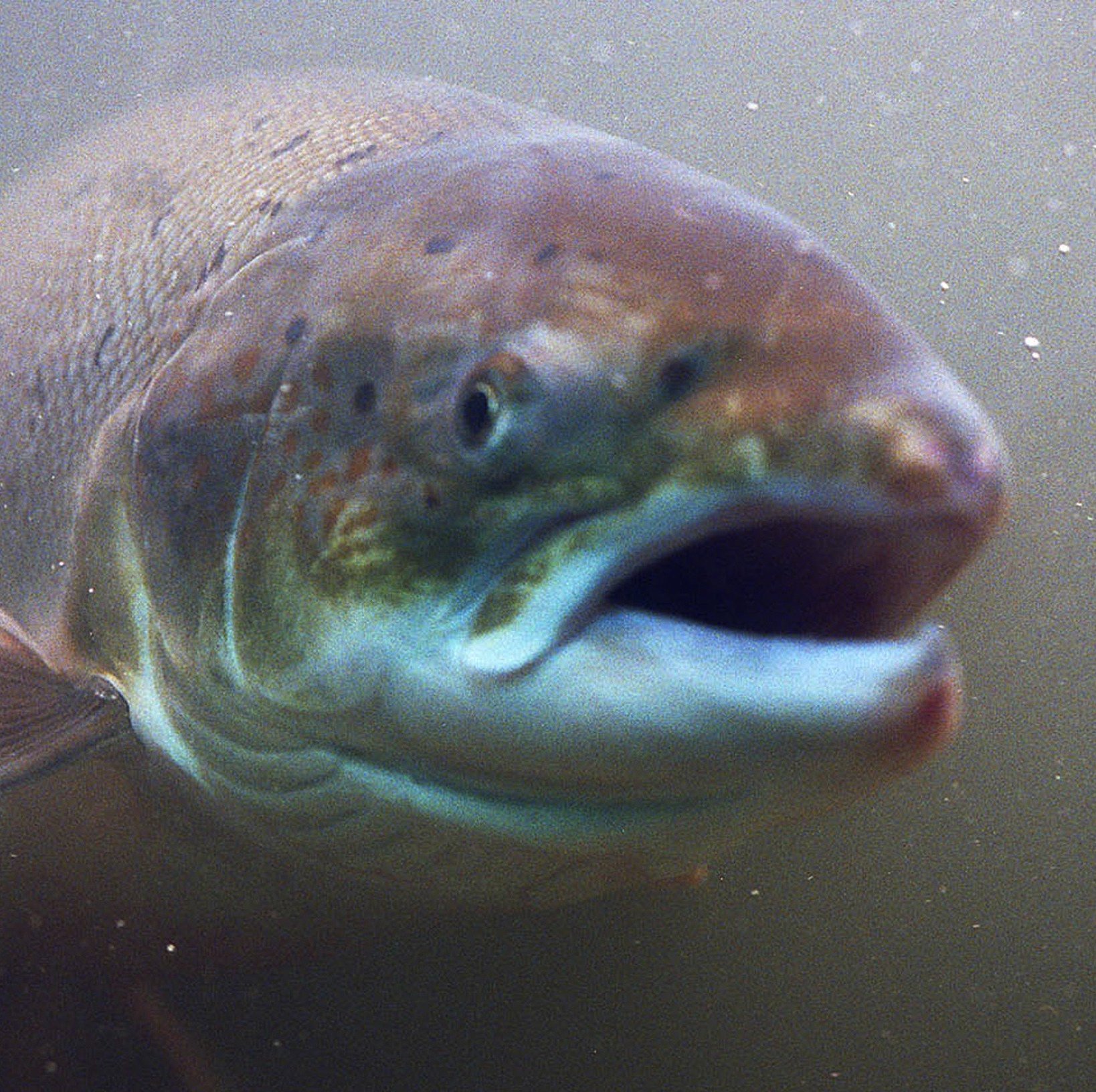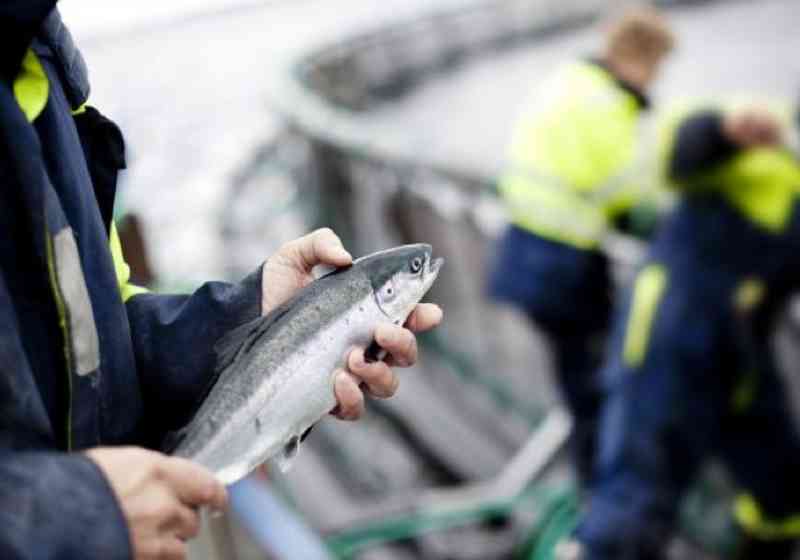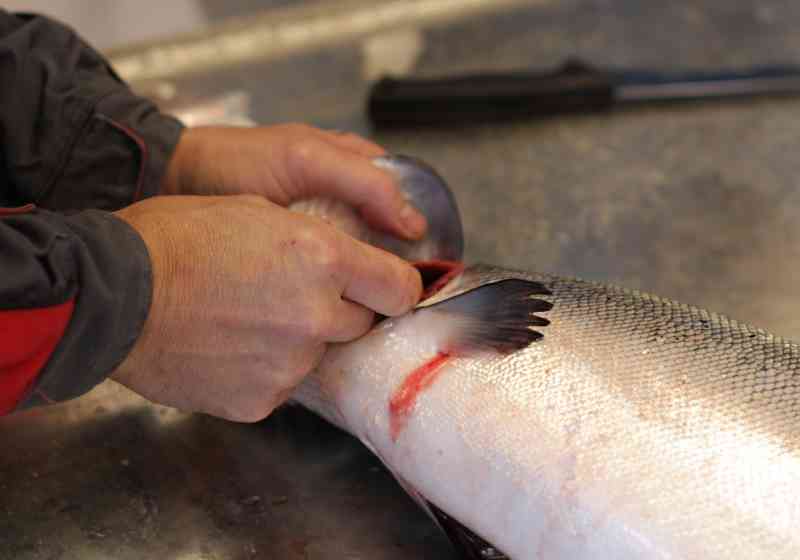The volume of live fish present in the fish farm at any given time, measured in kilos or tonnes. If the biomass increases in a fish farm, it means that the weight of the fish has increased. The Directorate of Fisheries’ regional offices use the reported data from fish farmers to verify compliance with the maximum permitted biomass requirements.
Purpose
Biomass data from fish farming is mainly gathered for control purposes. Fish farming product data has been recorded since as far back as 1996. At that time, feed quotas were introduced as a production control measure in the sector and a reporting system was introduced in the sector to be able to control feed consumption.
In 2005 there was a switch from feed to MPB (maximum permitted biomass) as a means of production control. The reporting system was continued but was adjusted to give the best possible data about the biomass situation in fish farms. MPB data is gathered and controlled at two levels: location and company level.
Fish farming companies report to the Directorate of Fisheries every month, providing data on the fish farm level, with a report for each location and company. The reporting system has been amended and updated over the years since 2006, and reporting is currently carried out completely online via Altinn.
Scope of application
The statistics are used by government agencies (internally in the Directorate of Fisheries, Ministry of Fisheries and Coastal Affairs, Statistics Norway, Ministry of Finance etc.). Other major users include the sector’s association, research environments (universities and colleges), the press and sector-related enterprises.
The data reported includes aquaculture installations in sea water with salmon, trout and rainbow trout.


